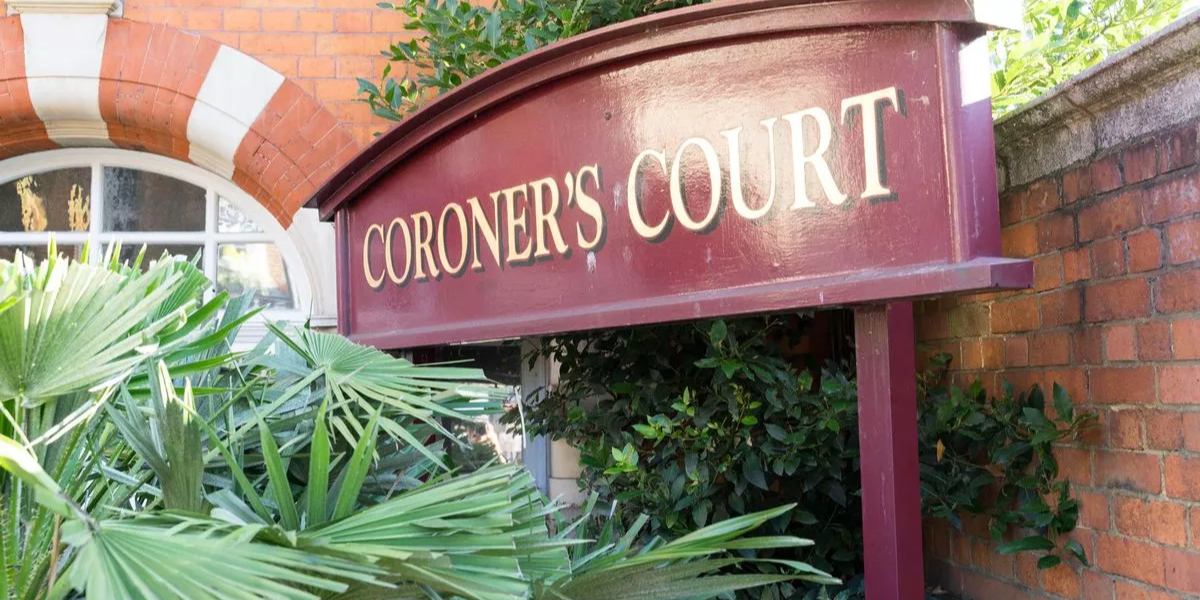In a bold move aimed at enhancing public safety, New York Attorney General Letitia James has called for a statewide ban on police chases. The proposal, which has sparked both support and debate, seeks to address the growing concerns over the dangerous consequences of high-speed police pursuits.
The Rising Concern Over Police Chases
In recent years, police chases in New York have become a significant public safety issue. According to recent reports, high-speed chases have led to fatal accidents, injuries, and property damage, often involving innocent bystanders. The Attorney General’s office has cited multiple instances where pursuits have ended in tragedy, highlighting the need for immediate reform.
“Police chases often create more harm than good,” said Attorney General James during a press conference. “While law enforcement has a duty to uphold the law, we must prioritize the safety of our communities. No one should have to fear for their life while driving down the street because of a high-speed chase.”
The Proposal and Its Goals
James’s proposal would effectively ban most police chases, limiting law enforcement officers’ ability to pursue suspects unless there is a clear, imminent danger to public safety. The initiative also includes provisions for stricter oversight and the implementation of alternative tactics, such as using surveillance technology, roadblocks, or coordination with other law enforcement agencies.
By banning police chases, the Attorney General aims to reduce the risks associated with high-speed pursuits, which often involve reckless driving and put pedestrians, drivers, and officers at great risk. The proposed policy would emphasize de-escalation tactics, requiring officers to assess the situation and consider whether the pursuit is necessary.
Safety Concerns and Opposition
Supporters of the ban argue that it is a necessary step toward reducing preventable accidents and ensuring that law enforcement’s actions don’t inadvertently endanger the public. Critics, however, argue that limiting police chases could hinder law enforcement’s ability to apprehend dangerous criminals, particularly those who are involved in violent crimes or pose a threat to society.
“The threat of immediate pursuit is often a critical tool in apprehending suspects who might otherwise evade justice,” said John Flaherty, president of the New York State Police Association. “While we agree that safety must come first, we believe that this proposal could significantly limit our ability to protect communities from individuals who might pose a real danger.”
Balancing Public Safety and Law Enforcement
The debate over police chases raises broader questions about how to balance public safety with law enforcement’s ability to effectively do their job. Supporters of the ban argue that modern technology, such as GPS tracking, drones, and other surveillance tools, can help authorities track suspects without putting lives at risk.
“We have the tools and technology today to apprehend suspects in ways that don’t require high-speed chases,” James said. “By embracing smarter solutions, we can protect both law enforcement officers and the public.”
Moving Forward
While the proposal to ban police chases is still in its early stages, it has already sparked a conversation about the role of law enforcement in modern society and the need for safer policing practices. Advocates for the ban hope that it will set a precedent for other states to follow, encouraging reforms that prioritize the well-being of communities over aggressive law enforcement tactics.
As New York’s lawmakers consider the proposed ban, the debate continues to unfold. Whether or not the state moves forward with such a ban, the conversation around policing and public safety remains a critical issue. The discussion will likely lead to more scrutiny and calls for changes in how police operate, with the aim of protecting both law enforcement personnel and the communities they serve.




